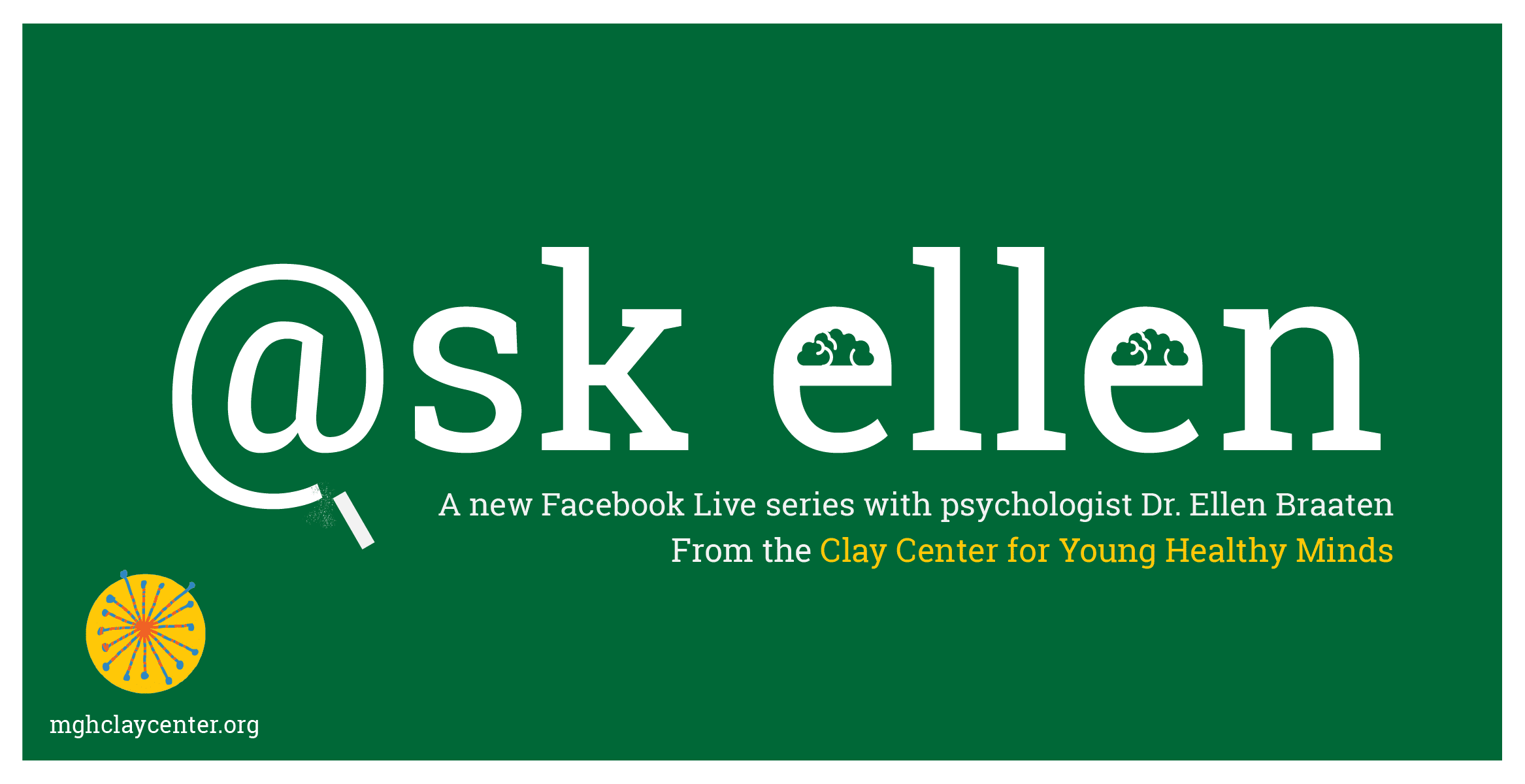Articles containing: dyslexia
Q+A: What Should I Tell My Daughter About Her Dyslexia Diagnosis?

Although some parents worry that “labeling” their children’s problems will somehow damage them or make them feel bad about themselves, the fact is that the majority of people (kids and adults, alike) are relieved to know that what they are struggling with or suffering from has a name.
Problemas de Aprendizaje 101

El término “discapacidad de aprendizaje” se refiere a problemas en un área de aprendizaje, específicamente lectura, escritura o matemáticas, pero también conocidos como “dislexia” (problemas en la lectura), “disgrafía” (problemas con la escritura) o”discalculia” (problemas con las matemática
Ask Ellen: How to Advocate for Your Child’s Learning

A learning disability causes difficulty in an area of learning, such as reading, writing, or math. Challenges in one or more of these areas can affect a child’s ability to thrive in the classroom. But it’s not always clear to parents what to do when their child is struggling.
Extra Time on Tests: Does It Work? – Shrinking It Down
The answer is, it depends.
When “extra time” on tests first began decades ago, the goal was to level the playing field for students with learning disabilities by allotting them the same amount of time that everyone else had.
What Is A Nonverbal Learning Disability?

A nonverbal learning disability (NLD) is a syndrome that includes challenges in visual-spatial organization, nonverbal problem solving, and social skills. Despite often having strong verbal abilities, children with NLD have trouble understanding humor and adapting to new situations.
9 Ways to Know If Your Child’s Mental Health Clinician Is Right for Them

As parents, we all want the very best for our kids – the best teachers, coaches, and health professionals, among others.
About one in five of our children, teenagers, and young adults will experience a mental health issue and ideally receive mental health care.
What Are the Treatments for Eating Disorders?

Question: What Are the Treatments for Eating Disorders?
Because eating disorders are complex – and are caused by multiple factors – treatments need to address multiple influences.
How Do You Measure Executive Function Skills in Kids?

Executive Functions is one of those “buzzy” terms that teachers use a lot these days.
Dyslexia, Part 4: Transitioning from High School to College

This blog is the fourth in a series on dyslexia. Topics previously addressed include Dyslexia 101, understanding treatment, and school accommodation options available.
Sarah was an outgoing and bright teenager in her senior year at a public high school.
Dyslexia, Part 3: Accommodation Options Available

This blog is the third in a series on dyslexia. Topics previously addressed include Dyslexia 101, and understanding treatment. Topics to be addressed further in include accommodation options available, and the transition of a child to life, school, etc. following diagnosis.




